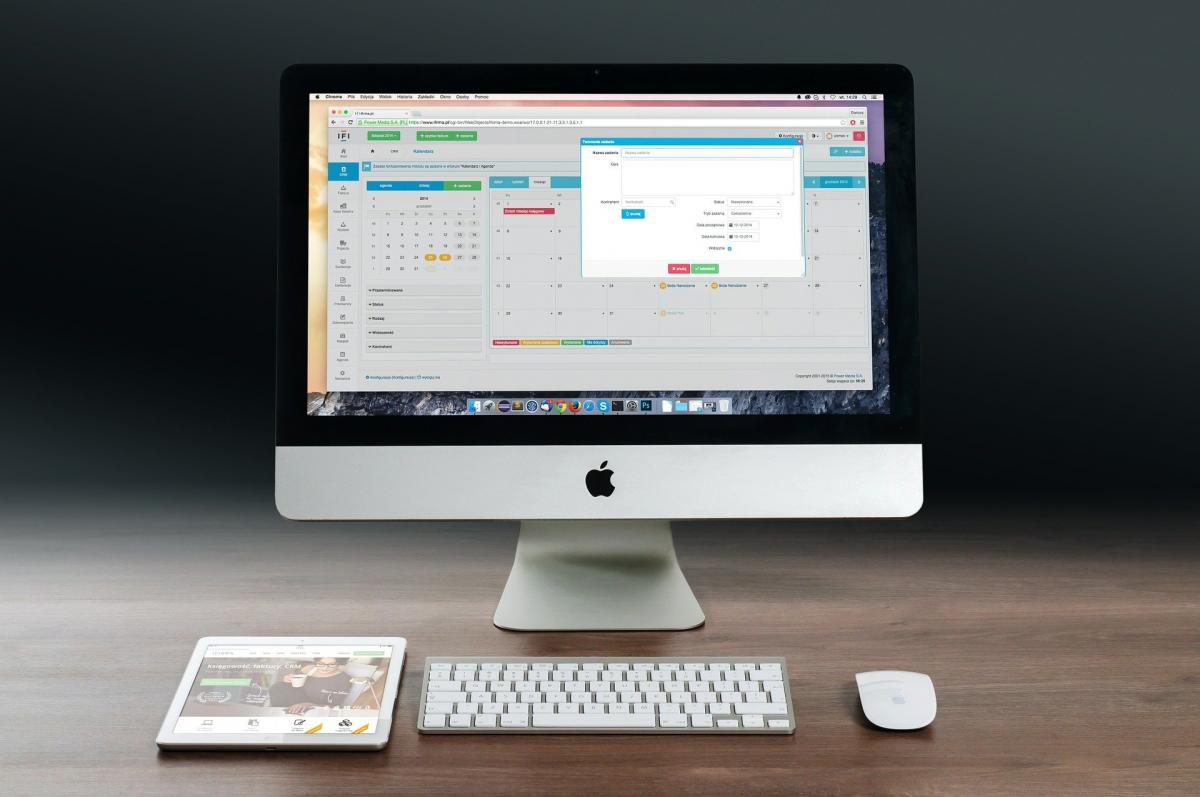Ready to file your self-assessment digitally?
Freelancers are you fed-up with paper-based accounts and self-assessment? Are you always looking for that one receipt to complete your expenses?

By transitioning to digital, your accounts and receipts will be easier to manage and they’ll take a fraction of the time to process, enabling you to work on other elements of your business. After all, you didn’t become a freelancer to do your own accounts!
We’ve asked Mike Parkes from GoSimpleTax to explain more and highlight how you can benefit from going paperless.
Real-time answers
Paper, by nature, is messy and disorganised. You’ll need to file and accurately record your accounts – up to six years of your accounts, in fact, to ensure that you are covered if HMRC launches an investigation into your tax return. That’s sure to take up a lot of space, and it also doesn’t provide you with an easy-to-access overview of what you owe the taxman.
Digital files, on the other hand, are much easier to read. Digital software tools allow you to record your income and expenditure in real-time, meaning that whenever you wish to know your tax liability it is available in a few short clicks.
Plus, as some tax return software providers also highlight any opportunities to claim tax relief, there’s an extra incentive for you to stay on top of your record-keeping. A bonus for all freelancers.
Record income more easily
Another benefit of going digital is the ease with which you can record your freelance income. At the moment, you have to log each of your paid invoices into your tax returns. But with invoicing tools, that all changes.
By using software to request payment, any invoices paid will automatically update your accounts. For example, if you receive a payment for an invoice you sent your predicted tax bill will be automatically updated based on the amount of that payment. This saves you time and also unifies two of your businesses most important admin tasks: invoicing and the tax return.
Digital tools can also be used to understand when to schedule sending invoices as well as the follow-up emails to ensure that customers pay on time. Integrations with online payment solutions like SumUp and PayPal can additionally help your customers pay you more quickly using a debit or credit card, saving you from chasing payments in the first place.
Each of these payments will then filter into your tax returns, making the 31st January tax return deadline much easier.
More on freelancer accounts and how to register as self-employed.





